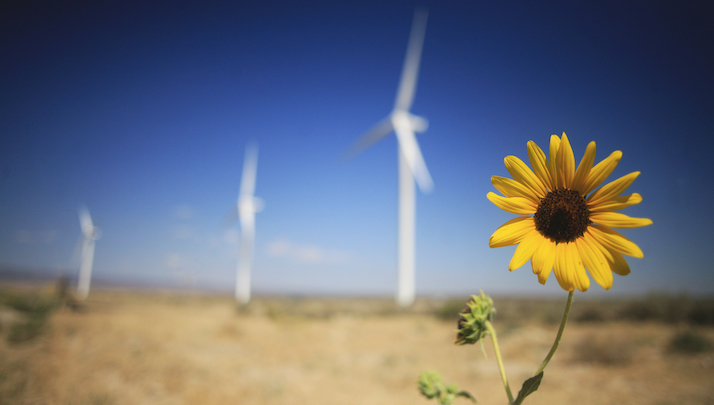
Design for Sustainability Requires a Broader Scope
[A note from Tugboat Institute: Please note the author’s postscript at the end of this article, in which he comments on the connection of this topic to the impact of the COVID-19 pandemic.]
We are POWER Engineers, an Evergreen® company, committed to continuous employee-ownership. We are also a global engineering and consulting firm serving the energy, facilities, federal, and environmental markets.
POWER is involved in projects that span both renewables and fossil fuels, as well as the upstream and downstream parts of the energy supply chain that these projects create. That experience has provided us a broad and deep understanding of sustainability, offering what I think is a unique perspective on the many angles of this issue.
In our industry, we see a lot of misinformation propagated about sustainability from all sides. Against this backdrop, our approach as engineers and environmental scientists is to design and integrate sustainability into each project. Because the reality is that every project—even those ostensibly creating “clean energy”—has an impact on the environment.
For instance, while wind turbines symbolize sustainable energy for many, if you review the entire life cycle of that project—taking into account the upstream materials extraction, construction, manufacturing, operation, maintenance, and decommissioning and dismantling—the impact looks different as all of these activities have a certain carbon footprint.
The scope of our work allows us to see this entire arc, and, as a result, we have opportunities to integrate sustainability at every stage of every project. Of course, as consulting engineers, this is what we are hired to do. We innovate and create solutions for our clients within constraints that might be technical, land use-related, economic, regulatory, or some combination of all of the above. Innovation is part of our DNA.
That core drive, fueled by our commitment to sustainability, led us to partner with the Institute for Sustainable Infrastructure (ISI) and the Harvard University Graduate School of Design to develop a tool for our industry to evaluate sustainability of infrastructure projects. Using ISI’s EnvisionTM rating system, we created “SustainEval,” a web-based calculator that allows a designer, planner, or owner to evaluate how a transmission line facility rates for environmental, social, and economic impacts and compares that rating to other similar projects.
As engineers and environmental scientists, we understand our work can have a profound impact on the world in terms of sustainability. But we are also very aware of our obligation to walk the talk within our own company. That awareness led to us to evolve sustainability efforts within operations at POWER Engineers.
In recent years, we’ve installed a solar power system on our headquarters that includes instrumentation that evaluates our reduction in electricity and thereby our reduction in greenhouse gas emissions. We’ve also purchased electric vehicles for employee use in commuting between our offices, and we engage in recycling and other waste reduction efforts. While these steps may seem minor when compared with our large-scale, global projects, we feel these efforts are critical for signaling the sustainable behavior we support.
As an Evergreen business, the concept of sustainability also has a deeper meaning beyond the context of the environmental impact of our work. We’re an employee-owned company. We feel lucky to have inherited this endowment from the prior generation, and we feel that we have a duty and an obligation to do that for the next generation too.
So, sustainability means we’re doing our very best to help meet the world’s present needs without compromising the ability of future generations to do the same. But it also means we’re continuing to pay our success forward so that the next generation of owners has equal or even more opportunities than we have today.
Bret Moffett is CEO of POWER Engineers.
Photo Credit: Makis Siderakis, Mountain Air
Postscript 08.25.2020
The energy industry has shifted, but not drastically contracted, in the wake of the COVID-19 pandemic. From a sustainability standpoint, we’re likely to see more interest in distributed energy resources—small, often renewable, sources of power that are located near the communities that need energy, rather than large centralized power plants. These resources can be placed in residential areas, where energy use has risen while energy use in commercial areas declined. We remain flexible and innovative, ready to serve our clients’ needs even as those needs shift.
POWER was also well-positioned to adapt to remote work. As a employee-owned company, we were able to act quickly and eliminated all nonessential business travel in mid-March and moved entirely to work from home a week later. This move has cut down our emissions from travel and commuting in the short term. In the long-term, our exploration of remote collaboration tools could allow us to continue active client support while reducing our travel-related emissions permanently.
Subscribe to the Evergreen Journal